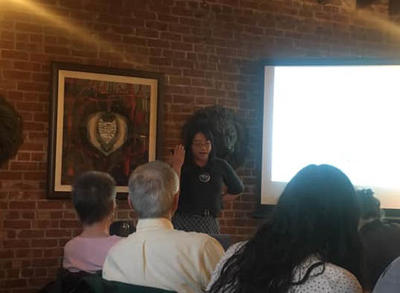Calques has been made aware of the following research groups and talk series meeting this semester: Experimental Phonology Working Group -- meeting on Mondays, 10:30-11:30am, in Dwinelle 1226. The first meeting will be
Monday, September 9. Contact
Jesse Zymet for more information. Fieldwork Forum -- meeting on Thursdays, 3:40-5:00pm, in Dwinelle 1303. Organized by Edwin Ko, Emily Drummond and Wesley dos Santos. More info on the website:
Fieldwork Forum Gesture and Multimodality Group -- meeting certain Fridays, 9-11am. Contact
Eve Sweetser for more information. Group in American Indian Languages -- meeting dates and times TBD; contact
Zach O'Hagan for more information. Language Revitalization Working Group -- meeting Thursdays 1-2pm, in Dwinelle 3401. More info on the website:
Language Revitalization Working Group Metaphor Group -- meeting times TBD; contact
Eve Sweetser for more information. Phorum -- meeting Mondays 12-1pm, in 1229 Dwinelle. Organized by Emily Grabowski and Yevgeniy Melguy. More info on the website:
Phorum Society of Linguistics Undergraduates Students (SLUgS) -- meeting certain Thursdays 5pm Sociolinguistics lab -- meeting on certain Tuesdays, 3:30-5pm, in Dwinelle 1229. The first meeting will be
Tuesday, September 10. Contact
Isaac Bleaman for more information. Syntax & Semantics Circle -- meeting on Fridays, 3-4:30pm, in Dwinelle 1303. Organized by Tessa Scott & Schuyler Laparle. More info on the website:
Syntax and Semantics Circle


